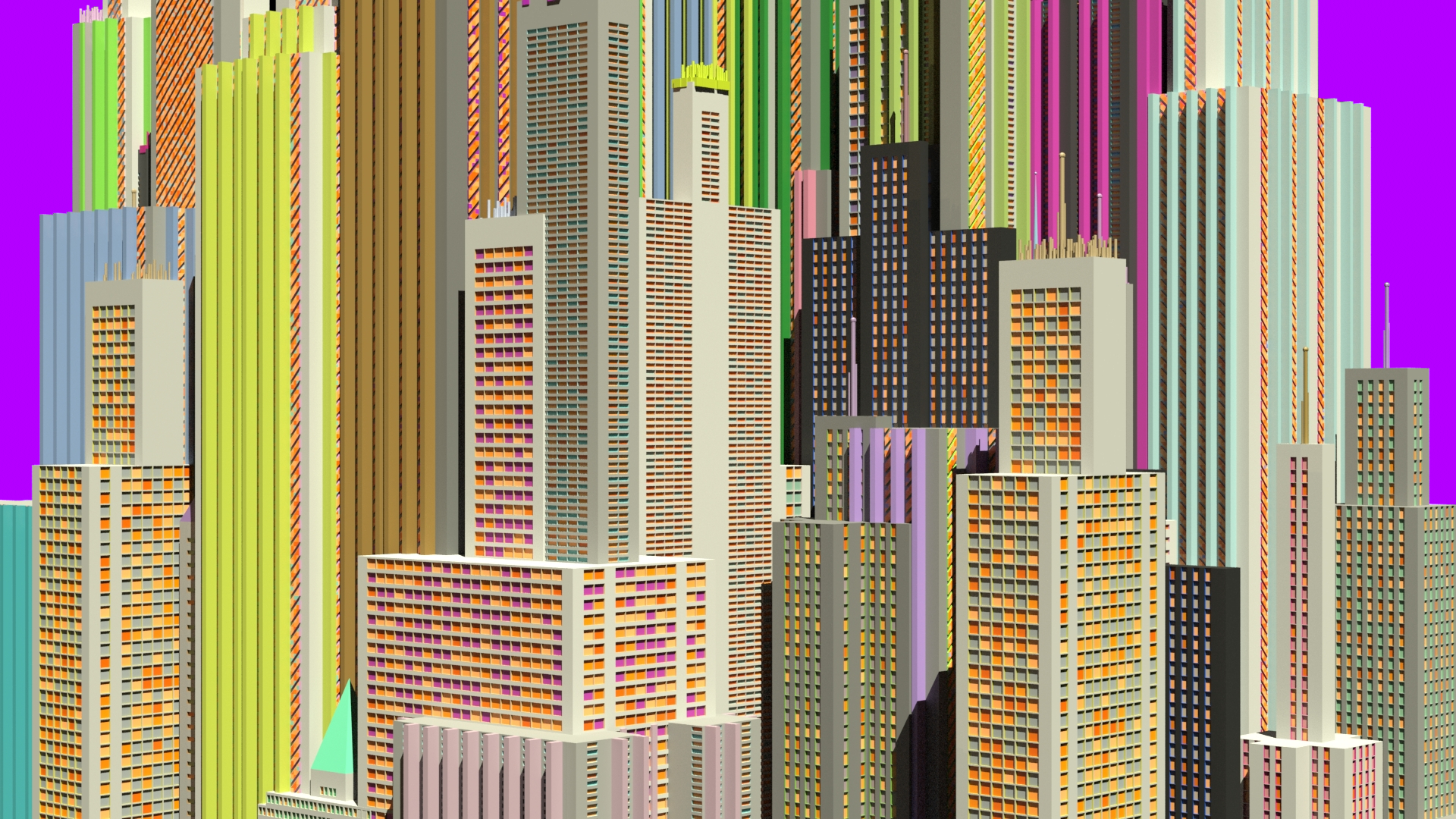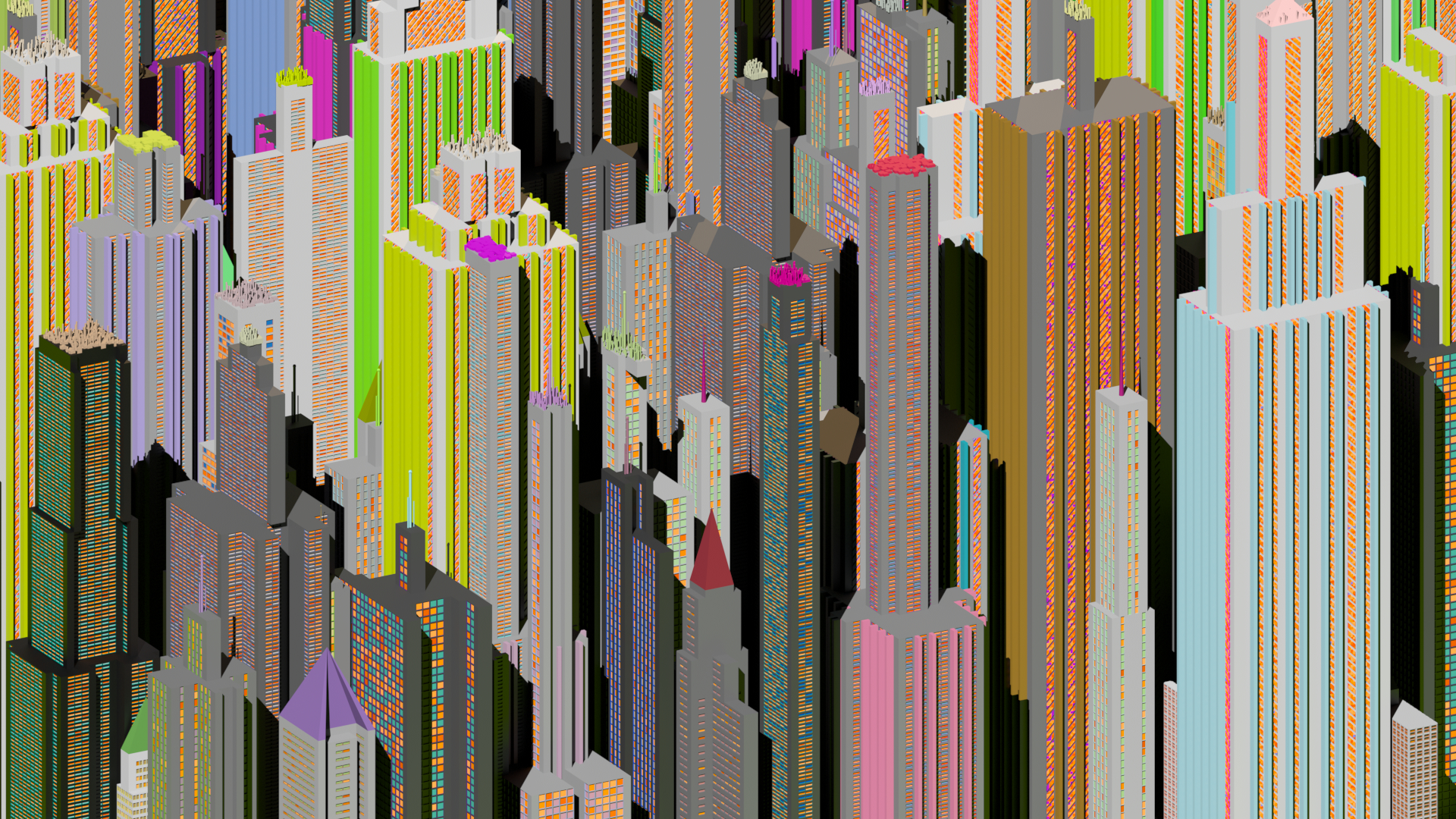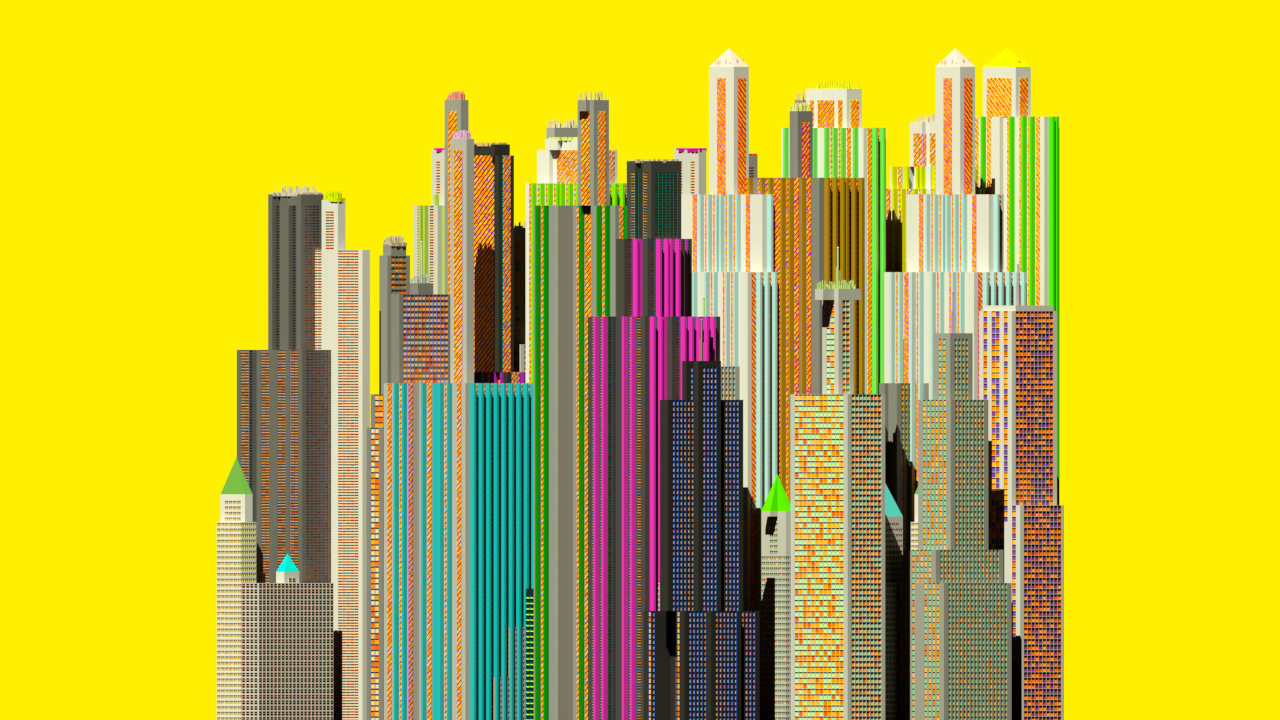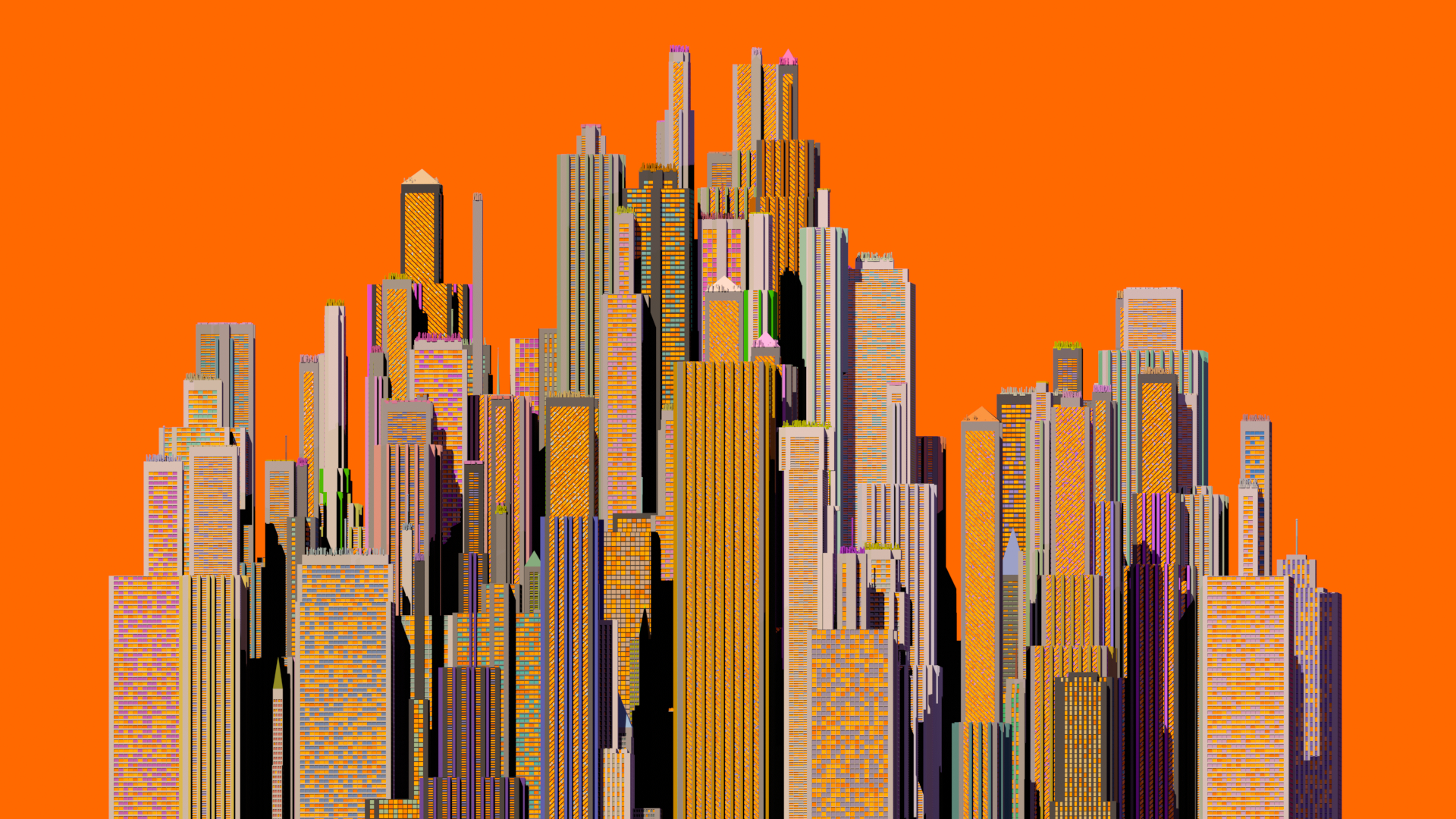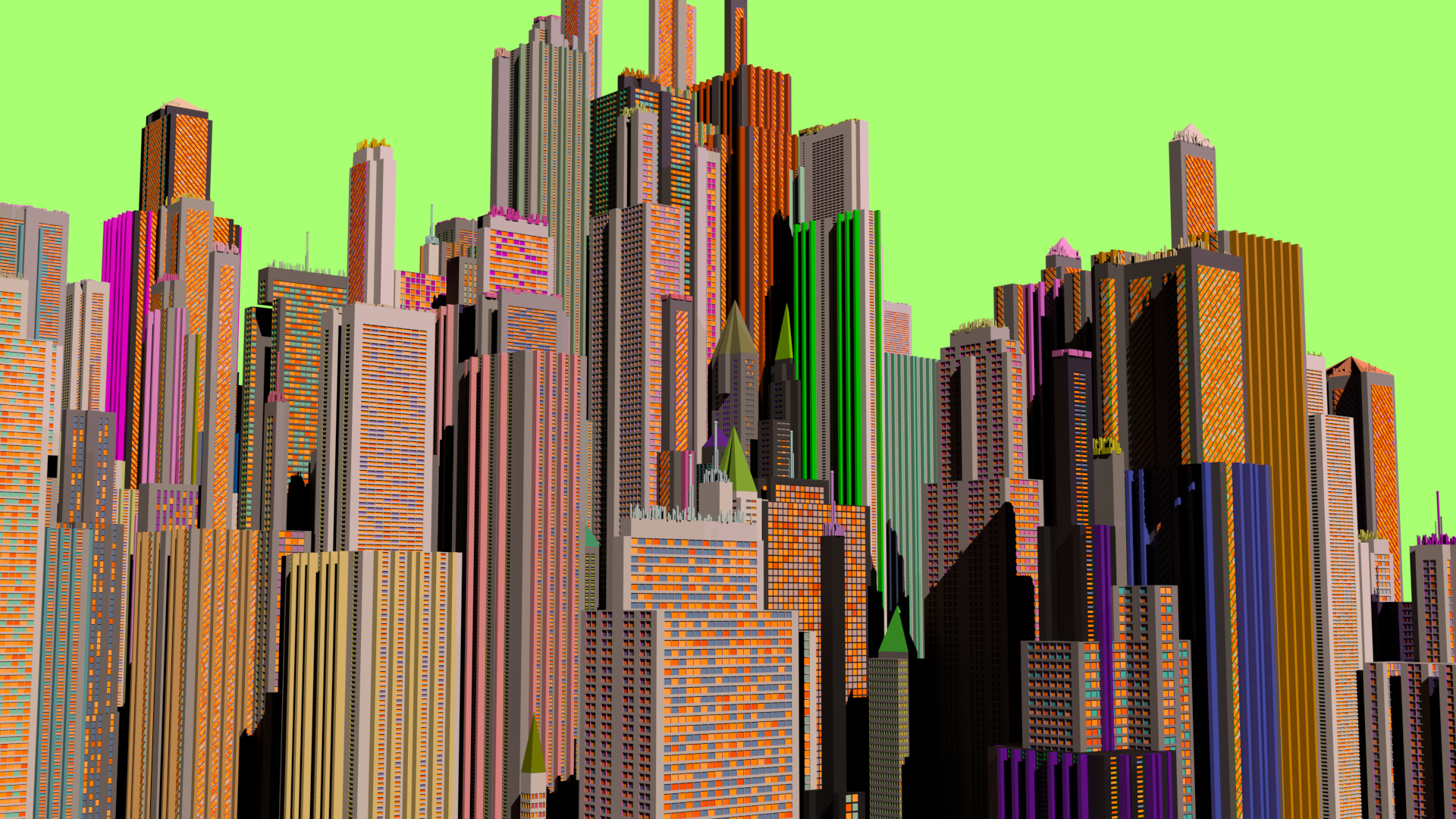
I started deconstructing the classic art-deco American skyscraper, trying to find a very basic set of rules that would describe its shape. The goal was to produce a cheap procedural asset that would then help create big city environments. It was originally intended as a tool for a different project but then I started experimenting with giving it random values. The results were very interesting. When copied into a random number of points it started producing very dense blocks of skyscrapers that reminded me of the now gone Kowloon walled city settlement in Hong Kong. Very dystopian and very sci-fi, Blade Runnery stuff that I had to explore some more...
Here I will try to demonstrate the rules behind the deconstruction of the art deco skyscraper shape and show you some of the results.

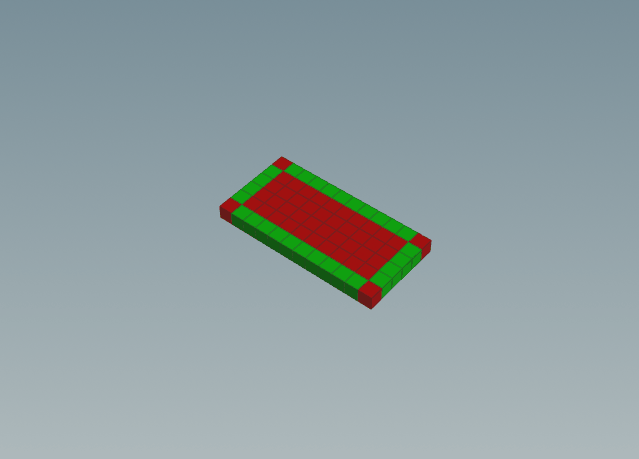
In addition to that, an edge detection mechanism was needed to differentiate between "windows" and "walls". In this example, green boxes are for windows and red for walls. This was done in parallel with the copy mechanism as a small python script would detect the edges of every floor and group them accordingly.

Then "for each" window polygon some specific geometry was created. This also allowed for different window designs. The multiple floors were then stuck on top of each other to create the different compartments of the building. This was done in a similar fashion, with dynamic control of the height of every part. Many smaller features like roof details or lights randomly turning on were then added on top. You can see the full asset in action in this video:
Giving the asset a random seed number and then using it to randomly drive every single of its values, it started generating all sorts of different buildings. Some were functional art deco skyscrapers and others were weird abstract structures. All of them however were interesting and complicated designs.
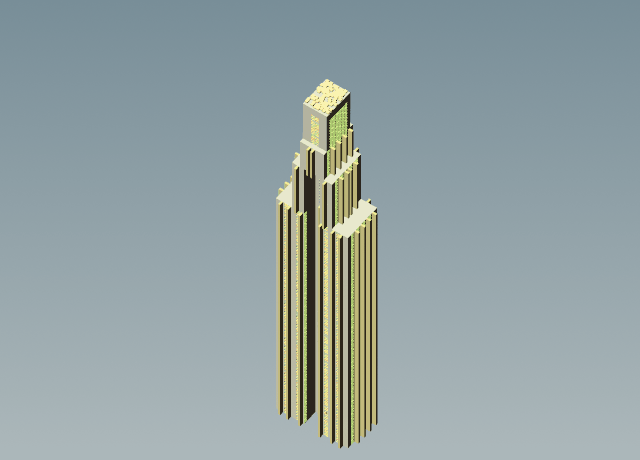
Finally copying those randomly generated skyscrapers onto randomly generated points, scattered in various shapes, resulted in very dense, dystopian looking city blocks. The results were very intriguing forcing me to play around some more and do some renders..
Here are some examples:
